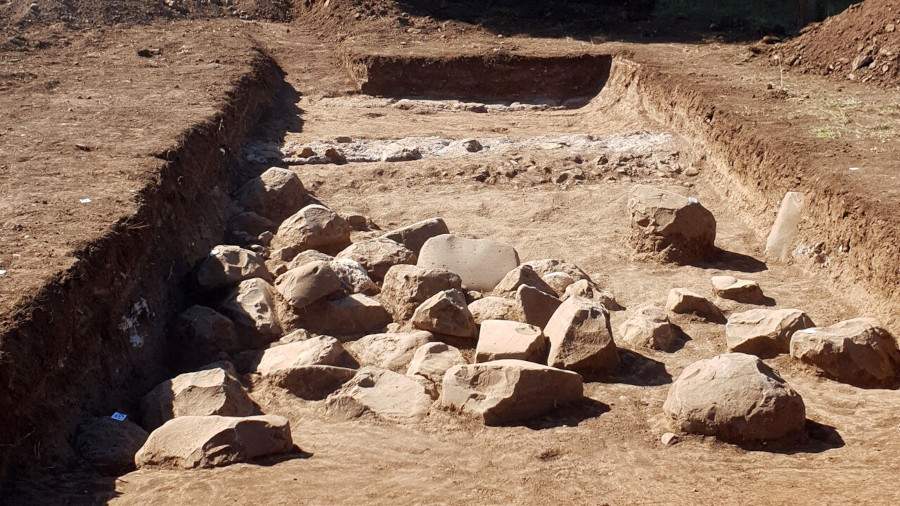Thanks to the collaboration betweenLa Sapienza University of Rome, Roma Tre and the Appia Antica Archaeological Park, another section of the Via Latina, near the Villa dei Sette Bassi, has been discovered with the help of georadars. The excavation was promoted and directed by the Appia Antica Archaeological Park with the coordination of the Responsible Officials and was based on ongoing research on the structures of the so-called Dépendance coordinated by Professor Carla Maria Amici (Department of Cultural Heritage, University of Salento) and Professor Alessandra Ten (Department of Sciences of Antiquity of Sapienza University of Rome), in agreement with the Appia Antica Archaeological Park itself, making use of the collaboration with the Department of Engineering of the University of Roma Tre, under the scientific coordination of Professor Andrea Benedetto.
The University of Roma Tre made available the most advanced technologies to detect possible buried ruins in the archaeological area between Via Tuscolana, the Aqueducts Park and the Lucrezia Romana district: in fact, the presence of the Via Latina had been hypothesized and, thanks to the survey conducted with georadars, it was possible to identify the areas where to carry out the soundings. At a depth of about fifty centimeters, in the southern part of the area, the new section was discovered, perfectly consistent with the previously only hypothesized straight route.
“In addition to providing a significant contribution to the understanding of the layout of the ancient road network and aspects related to the even daily life of Roman society,” says Andrea Benedetto of the Roma Tre Department of Engineering, “the result provides solutions for many civil engineering applications when interference between archaeological finds and new infrastructure recurs.”
In the section found, the roadway is about three meters by eighty meters wide and the paving is disrupted, but well-defined along the edges.
“The results achieved,” adds Alessandra Ten of the Department of Ancient Sciences at La Sapienza University, “direct the universities involved and the Appia Antica Archaeological Park to probe the point of intersection between the road and the branch of the Villa’s private aqueduct, which, coming from the south, had to cross the road to reach the cistern located in its eastern core.”
“The intervention on the via Latina,” concluded Simone Quilici, director of the Appia Antica Archaeological Park, “starts the rediscovery of the Sette Bassi villa through a series of projects that will be carried out in the coming months for the preservation of the heritage, the improvement of accessibility and fruition and the redevelopment and re-functionalization of the buildings.”
 |
| Rome, new section of via Latina discovered thanks to georadars |
Warning: the translation into English of the original Italian article was created using automatic tools. We undertake to review all articles, but we do not guarantee the total absence of inaccuracies in the translation due to the program. You can find the original by clicking on the ITA button. If you find any mistake,please contact us.